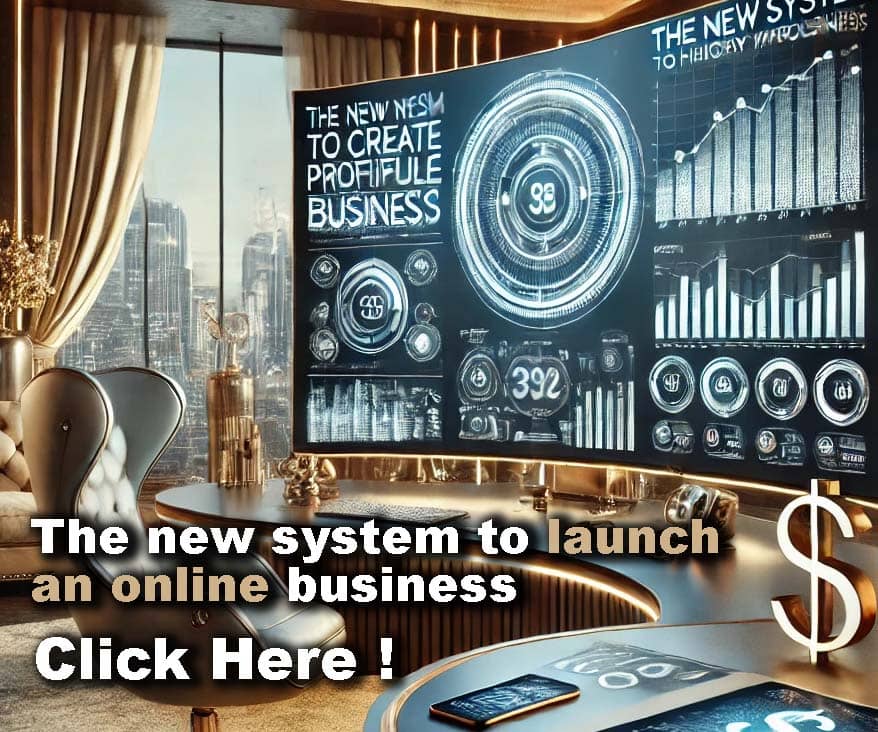Hyundai IONIQ plug-in: interior | exterior | Specs | Price | Engine | Dimensions | performance | Top 10s - All you need to know.
Specifications
ESTIMATED BASE PRICE: top 10s
$27,500
ENGINE TYPE: top 10s
DOHC 16-valve Atkinson-cycle 1.6-liter inline-4, 104 hp, 109 lb-ft; permanent-magnet synchronous AC motor, 60 hp, 125 lb-ft; combined output, 139 hp; 8.9-kWh lithium-ion battery pack
TRANSMISSION: top 10s
6-speed dual-clutch automatic with manual shifting mode
DIMENSIONS: Top 10s
Wheelbase: 106.3 in
Length: 176.0 in
Width: 71.7 in Height: 56.9 in
Passenger volume: 94-96 cu ft
Cargo volume: 24 cu ft
Curb weight (C/D est): 3300 lb
PERFORMANCE (C/D EST):
Zero to 60 mph: 10.8 sec
Zero to 100 mph: 33.5 sec
Standing ¼-mile: 18.2 sec
Top speed: 115 mph
FUEL ECONOMY: Top 10s
EPA combined/city/highway driving: 51/51/50 mpg
EPA gasoline+electricity combined driving: 105 MPGe (C/D est)
Provided you’re okay with that concept, this is a very pleasant-driving car that applies the charge you put in the battery toward getting as many miles as possible out of what is in the fuel tank. Just as in the Hyundai Ioniq hybrid, the plug-in has a 104-hp 1.6-liter Atkinson-cycle inline-four that claims 40 percent thermal efficiency. There’s a lightweight, low-friction six-speed dual-clutch automatic gearbox, with an electric motor affixed to the transmission’s input and a computer-controlled clutch bringing the engine into or out of the mix.
What’s different is that in place of the hybrid’s 1.6-kWh battery pack, the PHEV has a larger 8.9-kWh version that can be fully charged in just 2.5 hours with Level 2 (240-volt) hardware, enabling what Hyundai anticipates to be 27 miles of all-electric range. Keeping a light foot on the throttle, we saw long stretches of 70-mph cruising using only battery power. A 60-hp electric motor replaces the hybrid’s 43-hp unit to enable that wider band of electric operation.The powertrain far outdoes most other hybrids for charm, in part because as you accelerate and the engine joins in you hear good, life-affirming zoomy sounds of revs rising and gears changing. Although there’s an undercurrent of efficiency machinations happening behind the scenes, the plug-in hybrid drives like a nonhybrid car when the engine is running.
It also skips the interface silliness; the gauge cluster is one of the most straightforward you’ll find in a hybrid, and there are just a couple of driving-mode choices. If you want to save some battery charge for later, there’s an HEV mode that runs the gasoline engine a lot more—as though the charge were depleted. Other than that, pulling the shift lever over to the left engages Sport mode, which weights up the steering, gives you a tachometer in the cluster, and runs the gasoline engine more, if not quite all the time. Hyundai notes, however, that the steering, ride, and hybrid-system calibrations we experienced could change by the time this model goes on sale this fall.
The one thing Hyundai’s first Sonata plug-in hybrid had that this model doesn’t is a charge-restoring mode that uses the gasoline engine to recharge the plug-in portion of the battery (albeit while using a great deal more fuel). Such modes rarely make sense from an efficiency standpoint, and according to Mike O’Brien, Hyundai’s U.S. vice president of corporate and product planning, the automaker found that very few people were using that mode—or perhaps even knew it existed—so Hyundai opted to skip it here.
Thankfully, Hyundai also adopted a less-is-more philosophy with regard to the exterior styling, in stark contrast to the Prius’s Mr. Roboto sheetmetal. The Ioniq reaps the aerodynamic advantages of the familiar teardrop, Kamm-back profile common to all the efficiency champs, and while it manages an impressive 0.24 coefficient of drag it couldn’t look more different from the Prius.
The Ioniq plug-in hybrid benefits from being built on a dedicated eco-vehicle platform, with an aluminum hood, liftgate, and suspension components plus packaging that keeps seating (and cargo space for the most part) from being compromised in order to fit both a battery pack and an 11.4-gallon fuel tank. Inside the Ioniq plug-in, the impression is one of benign normalcy—one could just as easily be in an Elantra. The front seats are a little short, and rear headroom can feel scarce for taller folks, but Hyundai has pulled off normal back-seat accommodations—without either the Prius Prime’s repositioned two-passenger rear seating or the Volt’s tight middle position. Like the Ioniq Electric, the plug-in likely will come with standard heated seats and, through Blue Link telematics, the capability for climate preconditioning, items that can lessen dependence on the traditional climate-control system, thereby increasing range.
As with many green cars, the buyer of the Ioniq plug-in will want to make sure the car’s reality is in alignment with their expectations. Those who want a plug-in to act like a fully electric car.
Specifications
ESTIMATED BASE PRICE: top 10s
$27,500
ENGINE TYPE: top 10s
DOHC 16-valve Atkinson-cycle 1.6-liter inline-4, 104 hp, 109 lb-ft; permanent-magnet synchronous AC motor, 60 hp, 125 lb-ft; combined output, 139 hp; 8.9-kWh lithium-ion battery pack
TRANSMISSION: top 10s
6-speed dual-clutch automatic with manual shifting mode
DIMENSIONS: Top 10s
Wheelbase: 106.3 in
Length: 176.0 in
Width: 71.7 in Height: 56.9 in
Passenger volume: 94-96 cu ft
Cargo volume: 24 cu ft
Curb weight (C/D est): 3300 lb
PERFORMANCE (C/D EST):
Zero to 60 mph: 10.8 sec
Zero to 100 mph: 33.5 sec
Standing ¼-mile: 18.2 sec
Top speed: 115 mph
FUEL ECONOMY: Top 10s
EPA combined/city/highway driving: 51/51/50 mpg
EPA gasoline+electricity combined driving: 105 MPGe (C/D est)
Provided you’re okay with that concept, this is a very pleasant-driving car that applies the charge you put in the battery toward getting as many miles as possible out of what is in the fuel tank. Just as in the Hyundai Ioniq hybrid, the plug-in has a 104-hp 1.6-liter Atkinson-cycle inline-four that claims 40 percent thermal efficiency. There’s a lightweight, low-friction six-speed dual-clutch automatic gearbox, with an electric motor affixed to the transmission’s input and a computer-controlled clutch bringing the engine into or out of the mix.
What’s different is that in place of the hybrid’s 1.6-kWh battery pack, the PHEV has a larger 8.9-kWh version that can be fully charged in just 2.5 hours with Level 2 (240-volt) hardware, enabling what Hyundai anticipates to be 27 miles of all-electric range. Keeping a light foot on the throttle, we saw long stretches of 70-mph cruising using only battery power. A 60-hp electric motor replaces the hybrid’s 43-hp unit to enable that wider band of electric operation.The powertrain far outdoes most other hybrids for charm, in part because as you accelerate and the engine joins in you hear good, life-affirming zoomy sounds of revs rising and gears changing. Although there’s an undercurrent of efficiency machinations happening behind the scenes, the plug-in hybrid drives like a nonhybrid car when the engine is running.
It also skips the interface silliness; the gauge cluster is one of the most straightforward you’ll find in a hybrid, and there are just a couple of driving-mode choices. If you want to save some battery charge for later, there’s an HEV mode that runs the gasoline engine a lot more—as though the charge were depleted. Other than that, pulling the shift lever over to the left engages Sport mode, which weights up the steering, gives you a tachometer in the cluster, and runs the gasoline engine more, if not quite all the time. Hyundai notes, however, that the steering, ride, and hybrid-system calibrations we experienced could change by the time this model goes on sale this fall.
The one thing Hyundai’s first Sonata plug-in hybrid had that this model doesn’t is a charge-restoring mode that uses the gasoline engine to recharge the plug-in portion of the battery (albeit while using a great deal more fuel). Such modes rarely make sense from an efficiency standpoint, and according to Mike O’Brien, Hyundai’s U.S. vice president of corporate and product planning, the automaker found that very few people were using that mode—or perhaps even knew it existed—so Hyundai opted to skip it here.
Thankfully, Hyundai also adopted a less-is-more philosophy with regard to the exterior styling, in stark contrast to the Prius’s Mr. Roboto sheetmetal. The Ioniq reaps the aerodynamic advantages of the familiar teardrop, Kamm-back profile common to all the efficiency champs, and while it manages an impressive 0.24 coefficient of drag it couldn’t look more different from the Prius.
The Ioniq plug-in hybrid benefits from being built on a dedicated eco-vehicle platform, with an aluminum hood, liftgate, and suspension components plus packaging that keeps seating (and cargo space for the most part) from being compromised in order to fit both a battery pack and an 11.4-gallon fuel tank. Inside the Ioniq plug-in, the impression is one of benign normalcy—one could just as easily be in an Elantra. The front seats are a little short, and rear headroom can feel scarce for taller folks, but Hyundai has pulled off normal back-seat accommodations—without either the Prius Prime’s repositioned two-passenger rear seating or the Volt’s tight middle position. Like the Ioniq Electric, the plug-in likely will come with standard heated seats and, through Blue Link telematics, the capability for climate preconditioning, items that can lessen dependence on the traditional climate-control system, thereby increasing range.
As with many green cars, the buyer of the Ioniq plug-in will want to make sure the car’s reality is in alignment with their expectations. Those who want a plug-in to act like a fully electric car.












Comments